This is a personal list of films I enjoyed and was affected by immensely this year, by Akwesasne Mohawk Native Nerd and Rotten Tomatoes critic Vincent Schilling
I’ve watched several films this year, and several caught my eye and affected me so greatly that I wanted to compile them in an easy-to-access list for anyone wanting to watch films that highlighted Indigenous people.
So far, in 2023, four films resonated with me very strongly. So much so that I wanted to write an article lauding their praises and exceptional work. Some of the films are disturbing in some ways, but in a way that informs and opens the viewer’s mind toward further awareness.
Overall, they receive my strongest recommendation to put into your personal streaming/watch cue. Without further ado, here they are, in no particular order:
Homecoming (Máhccan)
From directors Suvi West and Anssi Kömi, Homecoming (Máhccan), premiered at the 2023 Toronto International Film Festival.
As described by the filmmakers, the film follows Sámi filmmakers West and Kömi as they observe and help assist in the return of Sámi cultural artifacts, which hold significant spiritual and historical importance to the community, long appropriated by museums and more, as they are documented and returned to the people and their homeland.
Homecoming (Máhccan) is a film about the Sámi people, who are people Indigenous to northern Norway, Sweden, Finland and the far north of Russia. Traditionally, they are reindeer herders, hunters and fishers and are known for their beautifully crafted traditional clothing and duodji, the Sámi word for utilitarian handicrafts.
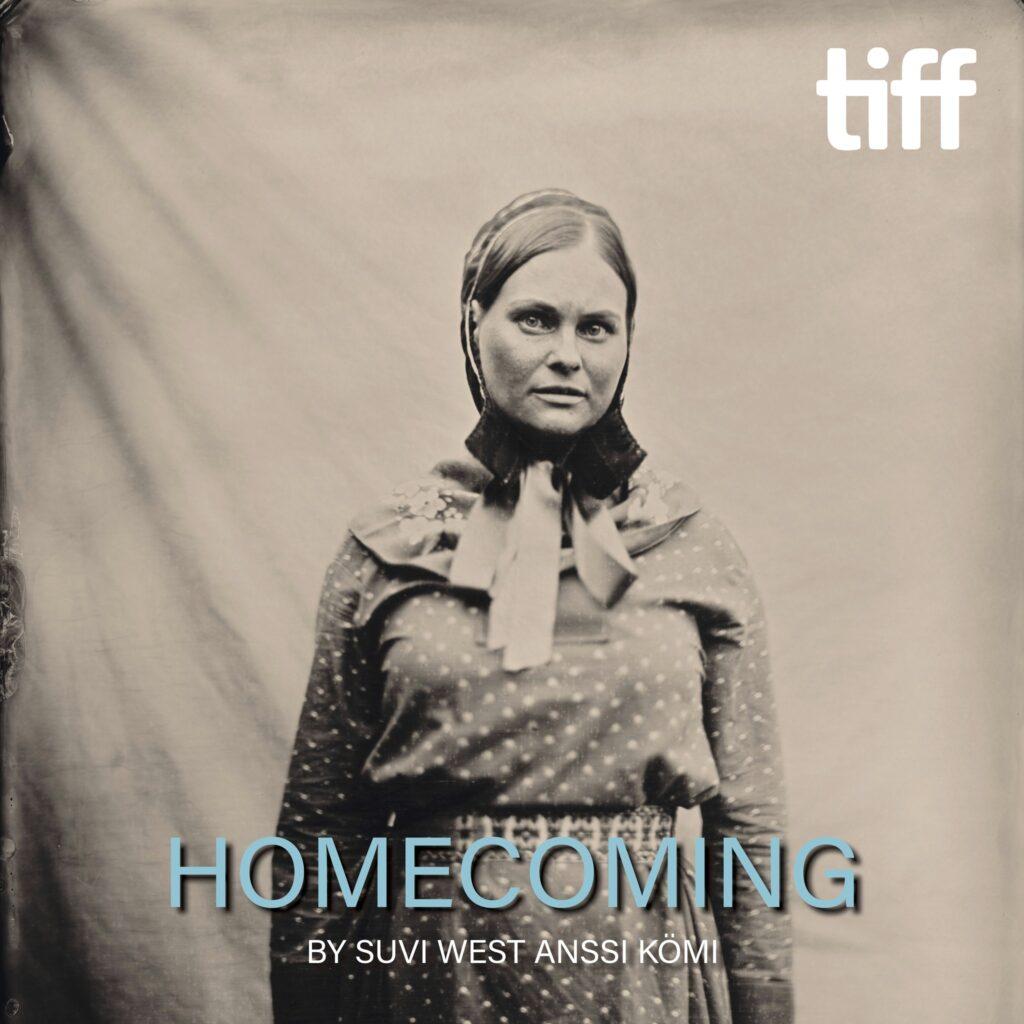
What I loved about the film
Again and again, I was mesmerized by the continuous similar connections to the Indigenous Sámi culture in history as compared to the Indigenous cultures on Turtle Island. The film starts in a museum with items belonging to the Indigenous Sámi people being handled by a non-Indigenous museum curator.
As the film continues, the Sámi people interviewed shared so many heartfelt messages that I also identified with in my experience as an Indigenous man. “We are still here,” and “Too bad collectors (of Sámi items) were only interested in the items, not the stories.”
In reference after reference, though the filmmakers were speaking of Sámi culture, I couldn’t help but identify with all of them: Indigenous-based genocide, being arrested for practicing beliefs, stolen land, religious domination and assimilation, as well as countless items housed in museums of the oppressors.
As Filmmaker Suvi West described, “As a filmmaker … I have made a lot of films, but not a lot of films about colonialism … we filmed this over many years. Our ancestors have had this constant narrative that they were victims. But, maybe they weren’t the victims that we think. Maybe some of them were willing to take on some of the modernization. I felt that I was a little bit closer to my ancestor. I saw them more like me.”
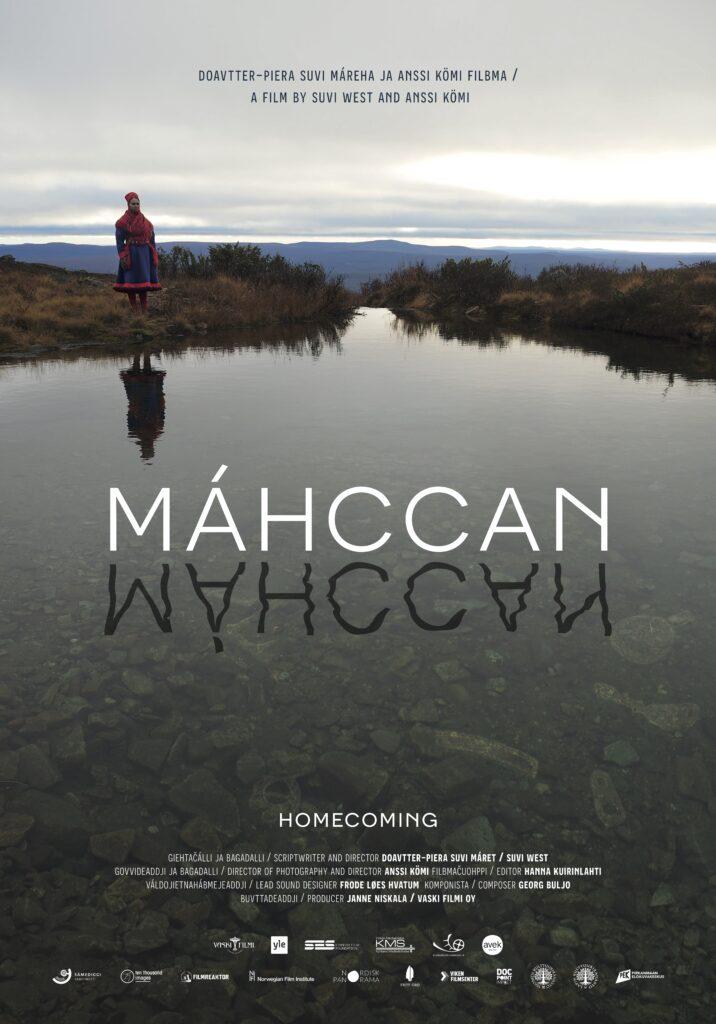
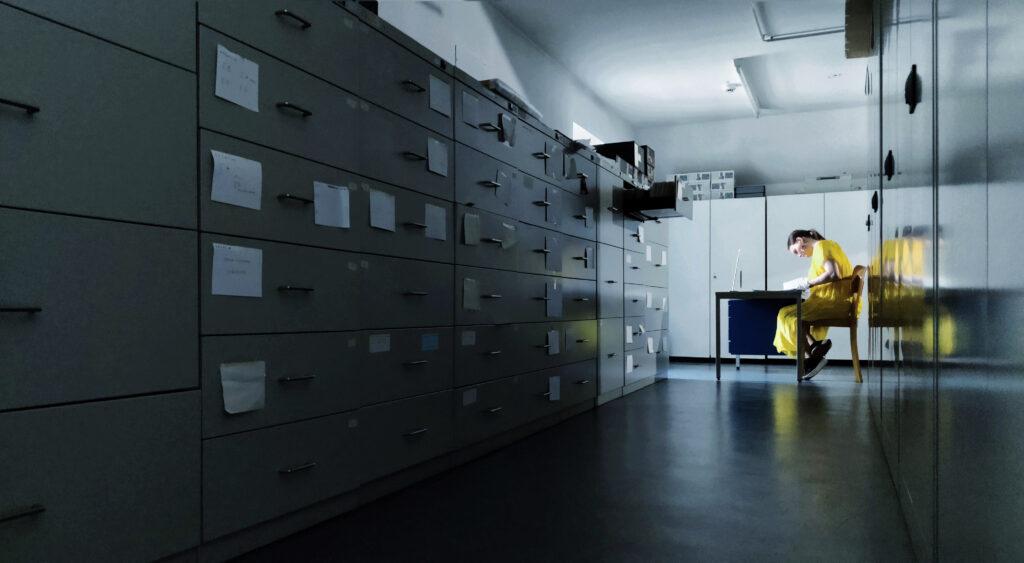
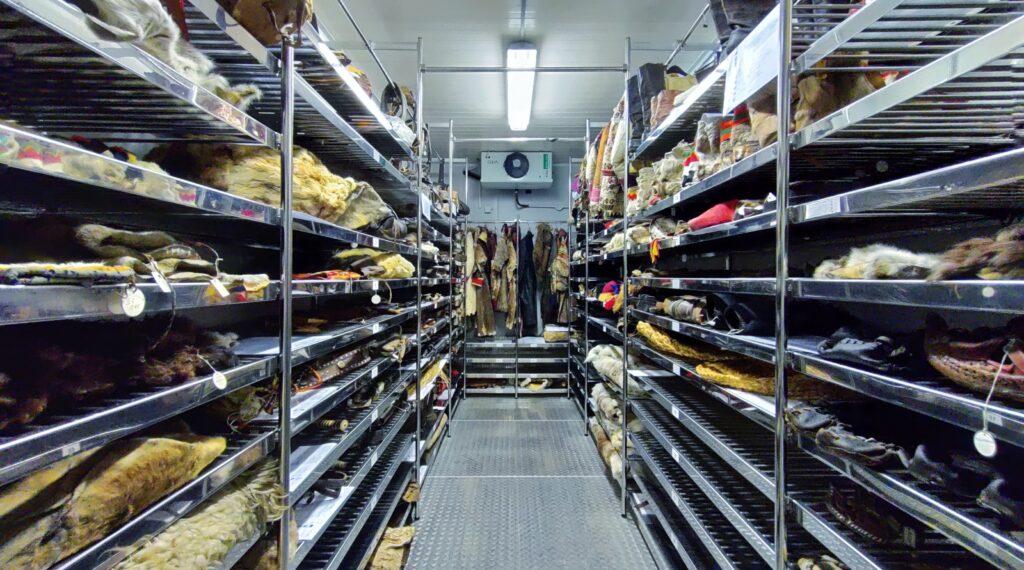
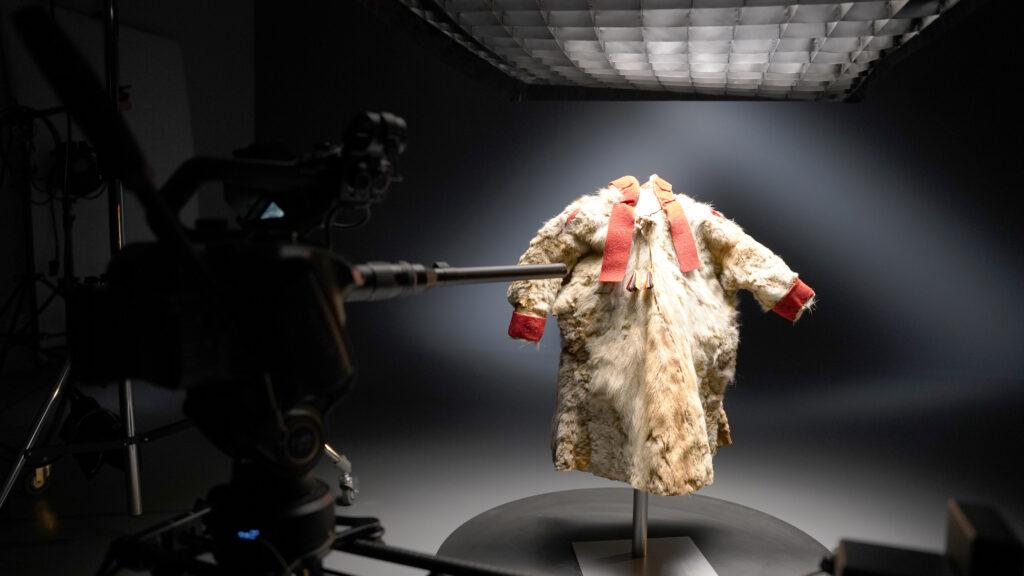

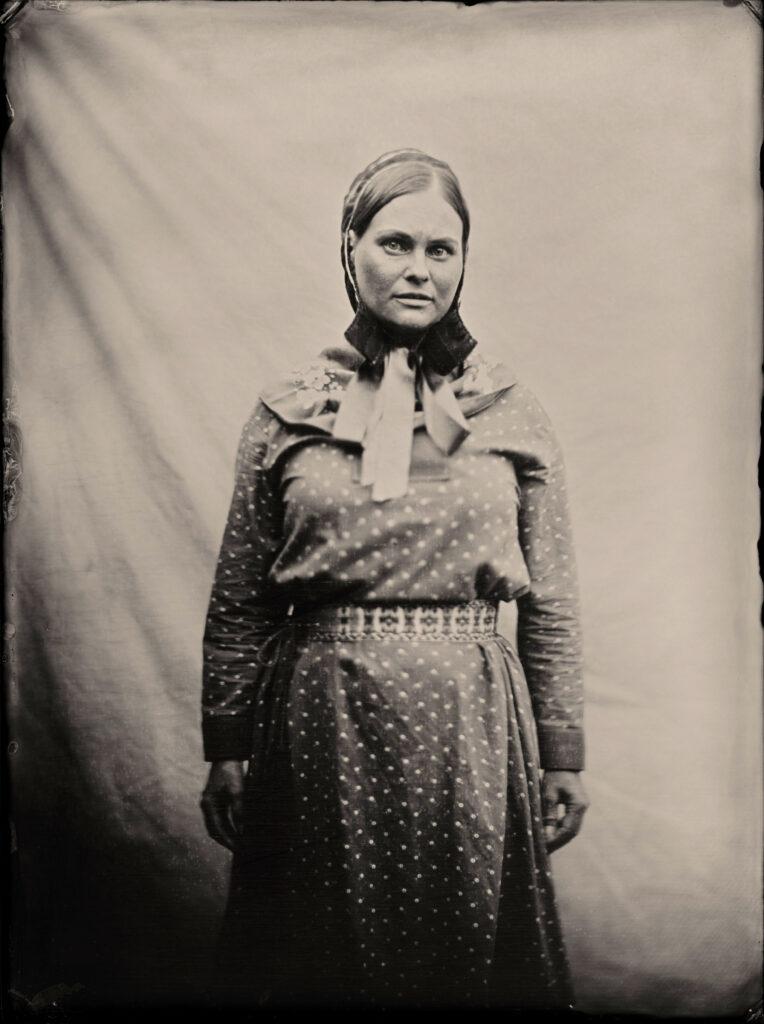
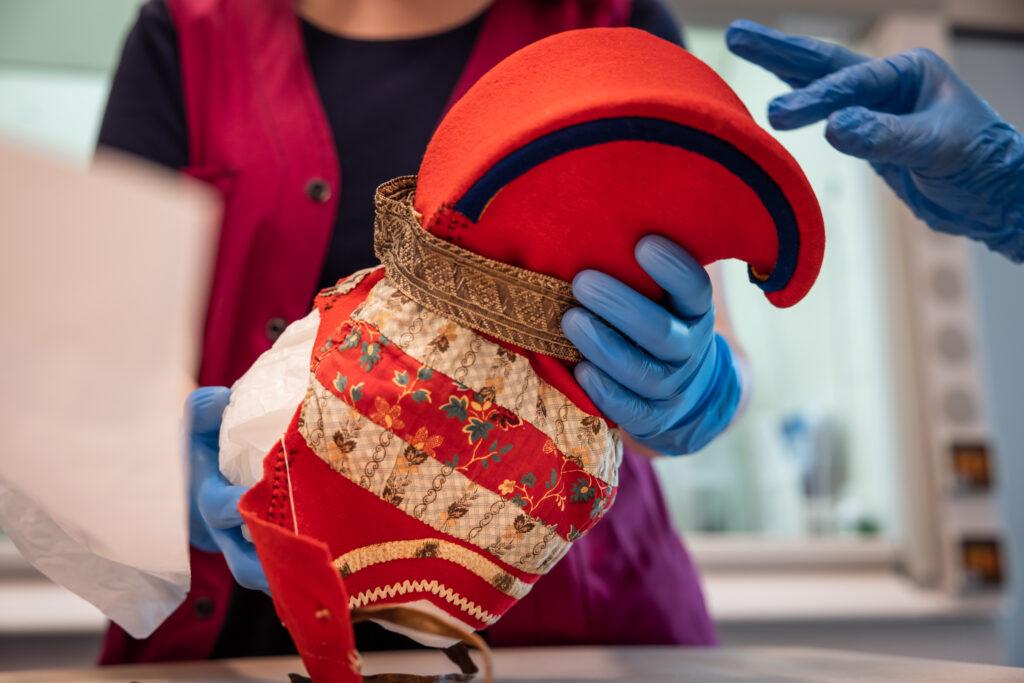
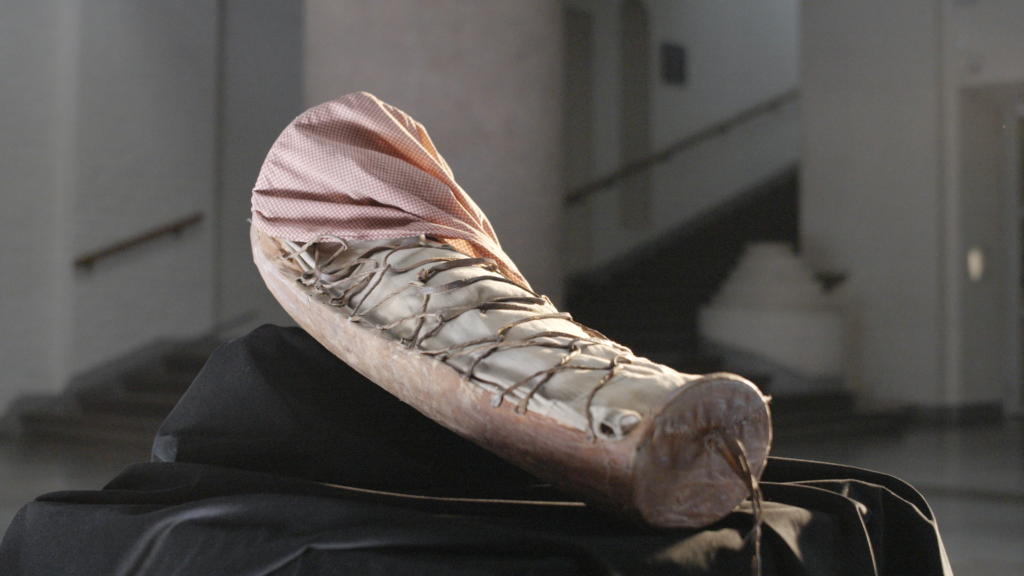
I can’t recommend this amazing film enough. It is beautifully done.
Homecoming (Máhccan) social links:
instagram.com/mahccanhomecoming
Uýra: The Rising Forest
The multi-Emmy award-winning series, POV on PBS features a visually stunning Indigenous visual artist in a feature documentary by director Juliana Curi titled Uýra: The Rising Forest.
Film summary provided by PBS: Uýra shares ancestral knowledge with Indigenous youth in the Amazon to promote the significance of identity and place, threatened by Brazil’s oppressive political regime. Through dance, poetry, and stunning characterization, Uýra confronts historical racism, transphobia, and environmental destruction, while emphasizing the interdependence of humans and the environment.
In 1980, the town of Manaus in the Brazilian state of Amazonas had a river running through its center, providing the community with an abundance of fresh water. However, officials began to encourage the dumping of garbage into the river, which impacted the health of the community. Now, decades later, the artist Uýra conducts a performance piece dressed as a river creature dying in the middle of the debris to the crowds above them.
Director Curi follows Uýra’s journey as it takes them into the lush forests of the Amazon and beyond, gathering a group of LGBT members together through cultural centers and riverside communities. They share ancestral knowledge with Indigenous youth in the Amazon to promote the significance of identity and place, threatened by Brazil’s far-right oppressive political regime led by President Jair Bolsonaro and five centuries of severe colonial indigenous policies.
Through dance, poetry, and stunning characterization, Uýra confronts historical racism, transphobia, and environmental destruction, while emphasizing the interdependence of humans and the environment. Visually stunning—with impeccable cinematography by Thiago Moraes ‘Quadrado’—Uýra: The Rising Forest, written by Juliana Curi and Martina Sönksen, blurs the lines between documentary and fiction, showing that it’s possible to address Brazil’s structural violence while honoring the poetic aesthetic and enchantment of the Amazonian territory.
What I loved about the film
In my career as a journalist and Rotten Tomatoes critic, to me, Uýra: The Rising Forest is one of the most visually stunning films I have ever seen. I also sincerely enjoyed the exploration of Indigenous trans artists, something I have not seen before.
The people were gentle, warm and kind, and their own explorations into the world of artistry and Indigeneity felt more like a welcoming of ideals and explorations rather than the same patterns of documentary filmmaking. I was breath taken several times, and couldn’t wait to see the next bit of imagery from Uýra.
Uýra: The Rising Forest, was a breathtaking and beautiful film.
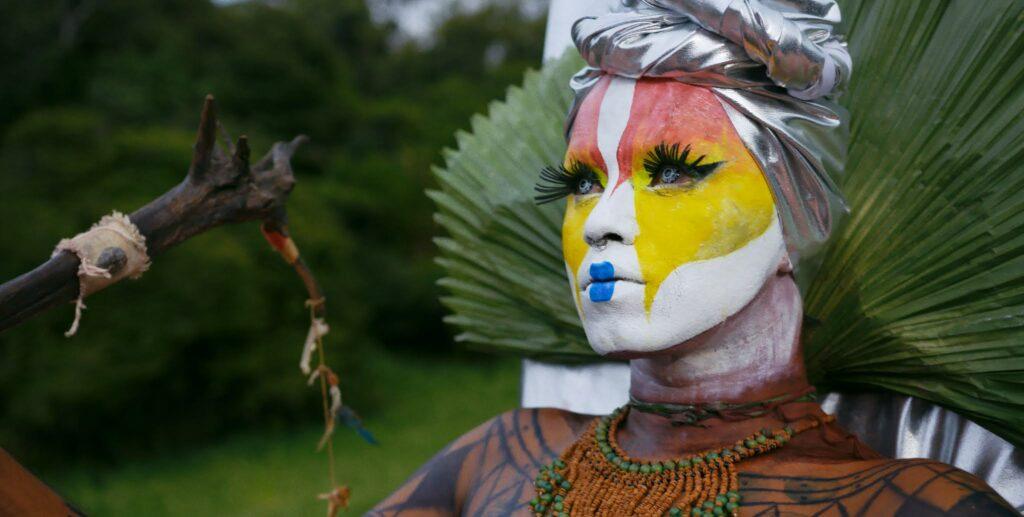
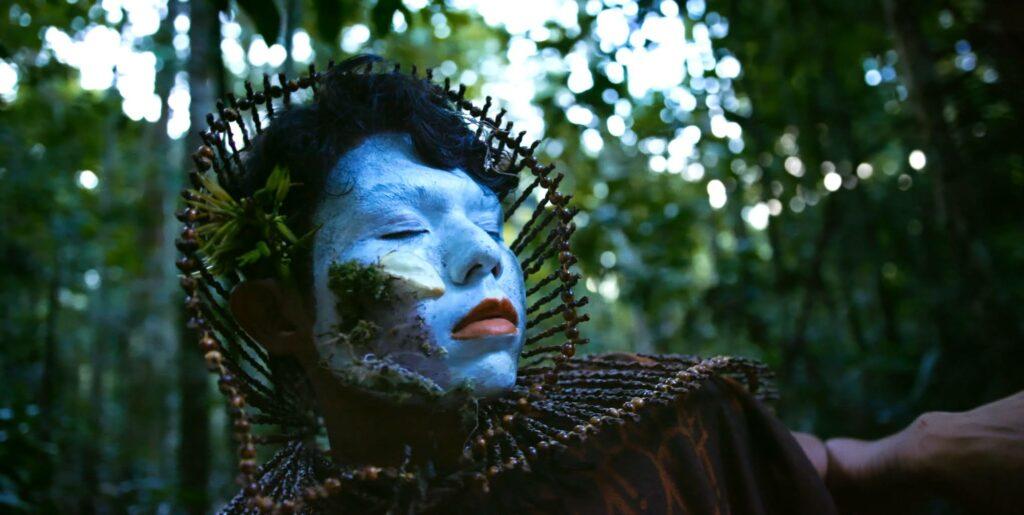
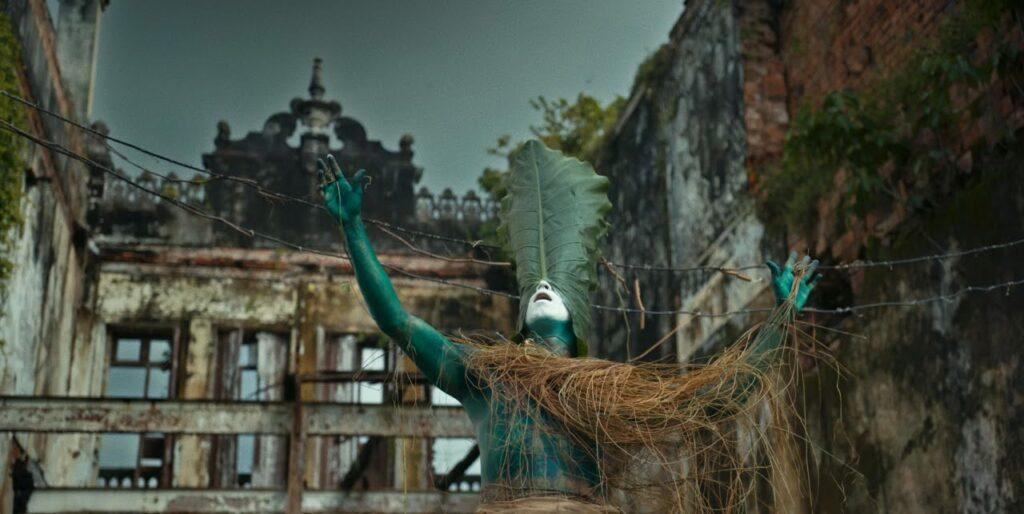
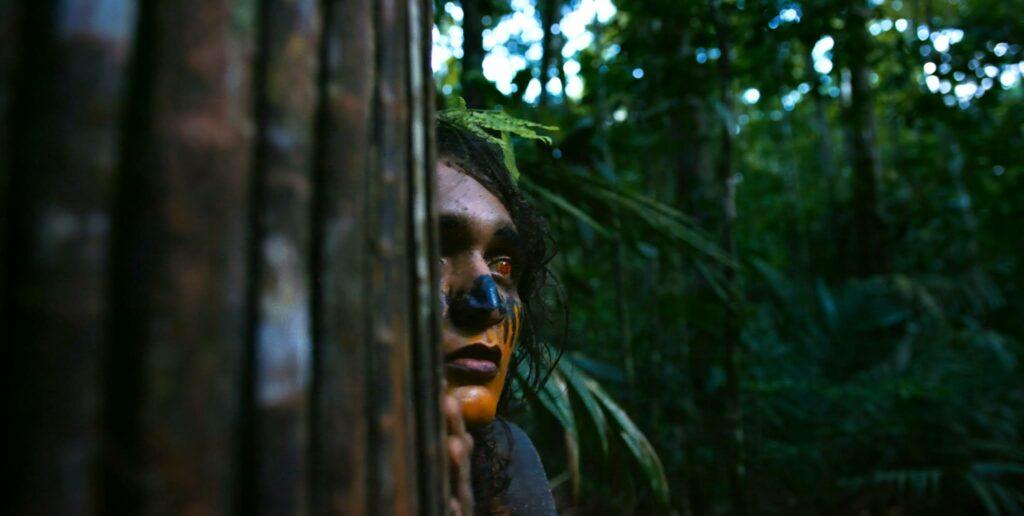
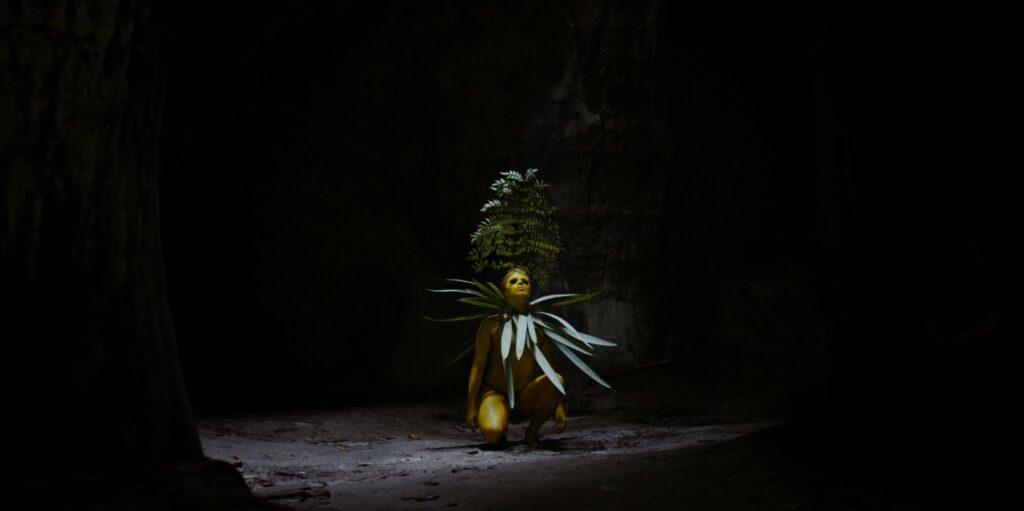
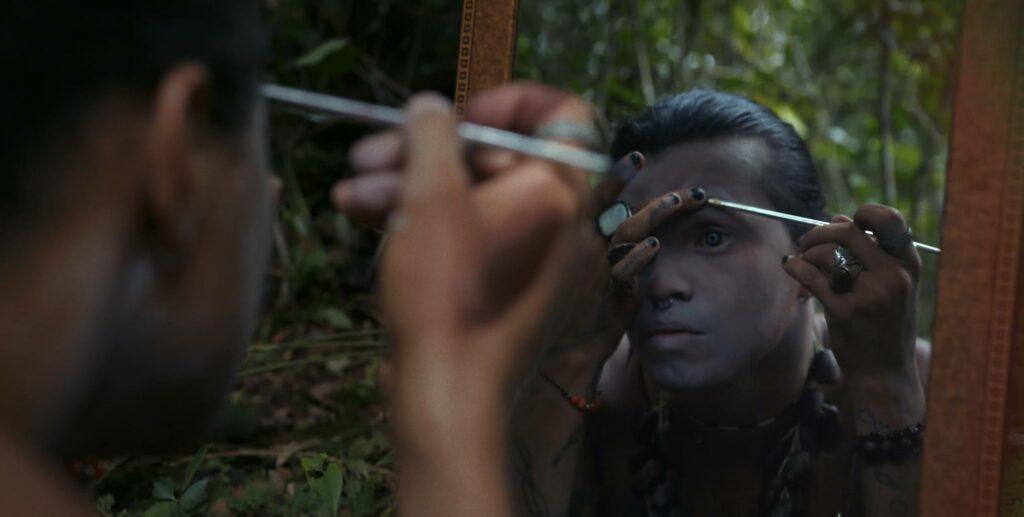
About POV
Produced by American Documentary, POV is the longest-running independent documentary showcase on American television. Since 1988, POV has presented films on PBS that capture the full spectrum of the human experience, with a long commitment to centering women and people of color in front of, and behind, the camera. The series is known for introducing generations of viewers to groundbreaking works like Tongues Untied, American Promise, Minding The Gap and Not Going Quietly, and innovative filmmakers including Jonathan Demme, Laura Poitras and Nanfu Wang. In 2018, POV Shorts launched as one of the first PBS series dedicated to bold, timely short-form documentaries. All POV programs are available for streaming concurrently with broadcast on all station-branded PBS platforms, including PBS.org and the PBS App, available on iOS, Android, Roku streaming devices, Apple TV, Android TV, Amazon Fire TV, Samsung Smart TV, Chromecast and VIZIO. For more information about PBS Passport, visit the PBS Passport FAQ website.
War Pony
Film summary as described by the filmmakers: War Pony explores the interlocking stories of two young Oglala Lakota men growing up on the Pine Ridge Reservation. At 23, Bill just wants to make something of himself. Whether it’s delivering goods or breeding poodles, he is determined to hustle his way to the “American Dream.” Meanwhile, 12-year-old Matho can’t wait to become a man. Desperate for approval from his young father, a series of impulsive decisions turns Matho’s life upside down, and he finds himself unequipped to deal with the harsh realities of the adult world. Bound by their shared search for belonging, each of the boys grapples with identity, family, and loss, as they navigate their unique paths to manhood.
What I loved about the film
In general, I have to acknowledge that it is very difficult for me to watch a film that showcases any sort of dysfunction or difficulties faced by Native people in oppressed environments. Life on the reservation can be tough, but it can also be filled with love, culture and close family ties.
In the case of War Pony, it is difficult to see youth participate in harmful behaviors, but this film does it in a way that I recognized as not just a display of real life on the Rez, but an acknowledgment that even though things aren’t perfect, there is a world of culture behind even the smallest of actions.
Though War Pony hits hard and below the gut, it is real, heartfelt and unflinchingly honest.
DIRECTORS: Gina Gammell & Riley Keough
PRODUCERS: Willi White, Ryan Zacarias (A Chiara, A Ciambra), Bert Hamelinck (The Rider, The Sound of Metal), Sacha Ben Harroche (The Rider, The Sound of Metal), Riley Keough, Gina Gammell
WRITERS: Franklin Sioux Bob, Bill Reddy, Gina Gammell, Riley Keough
CAST: Jojo Bapteise Whiting, LaDainian Crazy Thunder, Robert Stover, Stanley Good Voice Elk
Now available on streaming platforms such as YouTube, Amazon Prime, AppleTV and more.
Lakota Nation vs. the United States
Film summary as described by the filmmakers: Lakota Nation vs. the United States chronicles the Lakota Indians’ quest to reclaim the Black Hills, sacred land that was stolen in violation of treaty agreements. A searing, timely portrait of resistance, the film explores the ways America has ignored its debt to Indigenous communities and ponders what might be done today to repair the wrongs of the past.
It’s an incredibly important and timely doc that chronicles the Lakota Nation’s quest to reclaim the Black Hills, sacred land that was stolen in violation of treaty agreements. A searing, timely portrait of resistance, the film explores the ways America has ignored its debt to Indigenous communities and ponders what might be done today to repair the wrongs of the past.
Co-director Jesse Short Bull is a member of the Oglala Tetonowan Oyate and an employee of the Oglala Sioux Tribe. His great-great-grandfather, Tatanka Ptchela (Short Bull), was an active witness to the conflict between the two nations in the mid and late nineteenth century. He refused to sign the 1868 Fort Laramie Treaty and lived his life resisting the encroachment of Lakota lands. Five generations later, his grandson Jesse Short Bull’s film bears witness to the efforts of people committed to getting the Black Hills back and tells the story of America’s longest-running failure to do the right thing.
Lakota Nation vs. the United States was co-directed by Jesse Short Bull and Laura Tomaselli and executive produced by Sarah Eagle Heart, Mark Ruffalo, and Marisa Tomei.
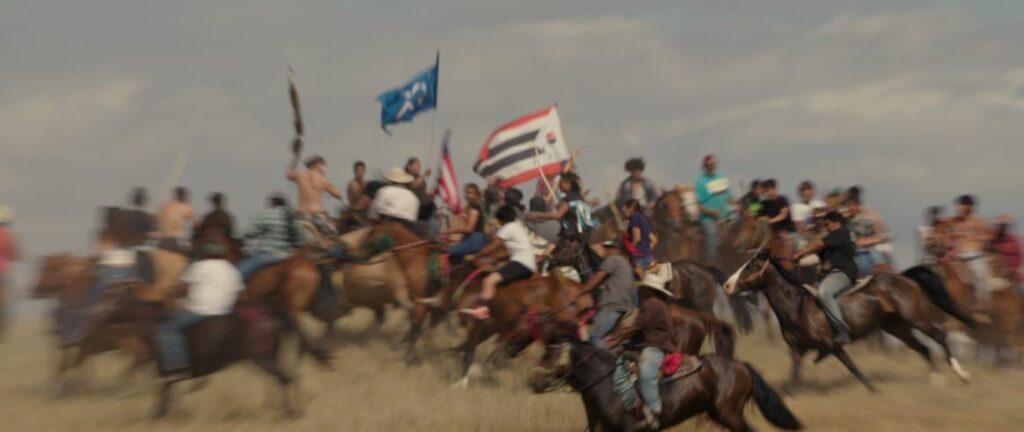
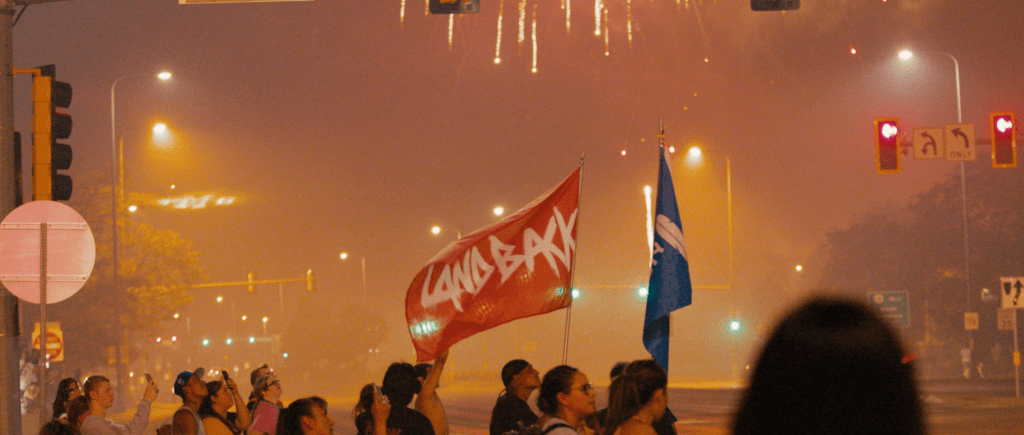
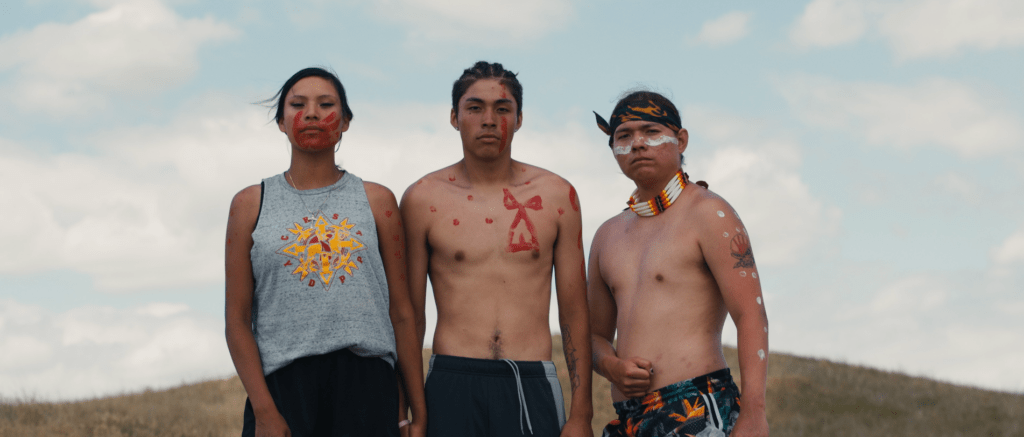
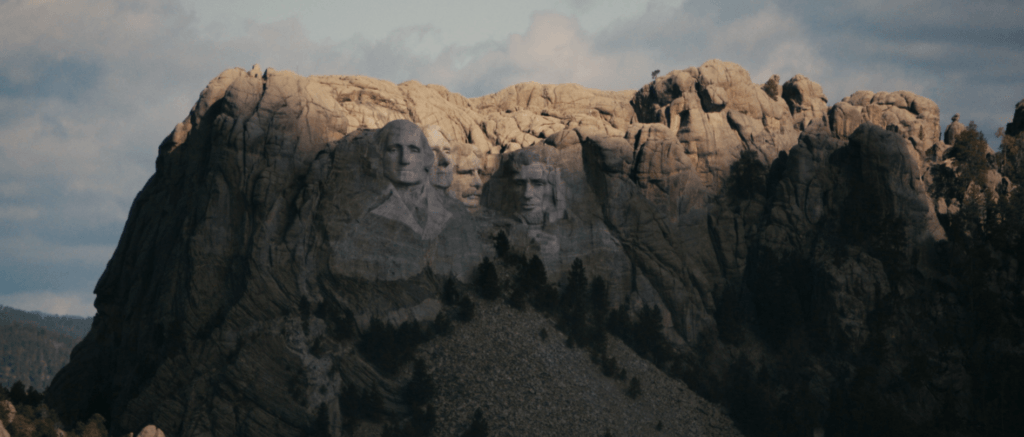
What I loved about the film
Lakota Nation vs. the United States did an exceptional job of chronicling key historical points throughout history in which the U.S. government targeted the Oglala Lakota people, systematically removed land, and broke countless promises, namely through treaties. This exploration into treaties was extremely informative and captivating to watch. I appreciated the words from elders, journalists, and community leaders throughout the film.
Of special note, some of the interviews with elders were so riveting, I had to stop the film and write their words down. As Milo Yellow Hair, an Oglala Lakota elder, stated, “The people will learn to depend on you because you stood up for the rights of the people.”
It is a fantastic film about the resilience, strength and fortitude of the Lakota people.
Now available on streaming platforms such as YouTube, Amazon Prime, AppleTV and more.
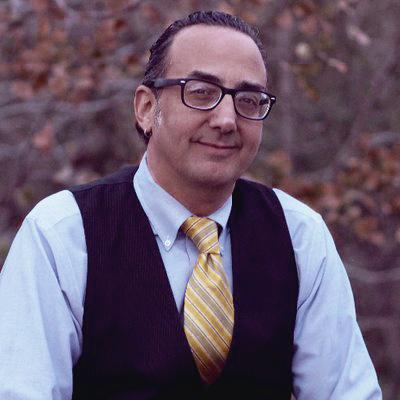
Vincent Schilling, Akwesasne Mohawk, is the founder and editor of Native Viewpoint. With nearly 20 years of experience as a Native journalist and former member of the White House Press Pool, Vincent works to uplift underrepresented voices in the world of media and beyond. Follow Vincent on YouTube.com/VinceSchilling, on Twitter at @VinceSchilling or on any other of his social media accounts by clicking on any of the icons below.
Support Native Viewpoint a Native multimedia website, by clicking here.